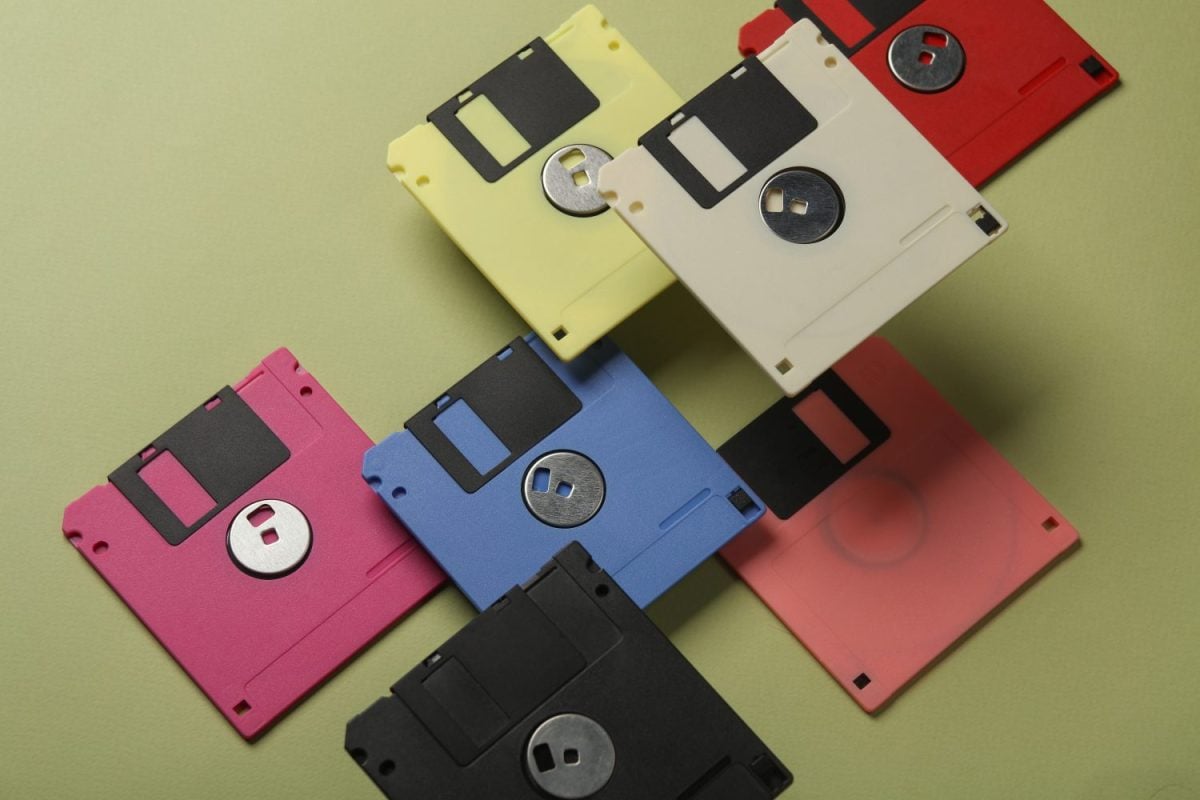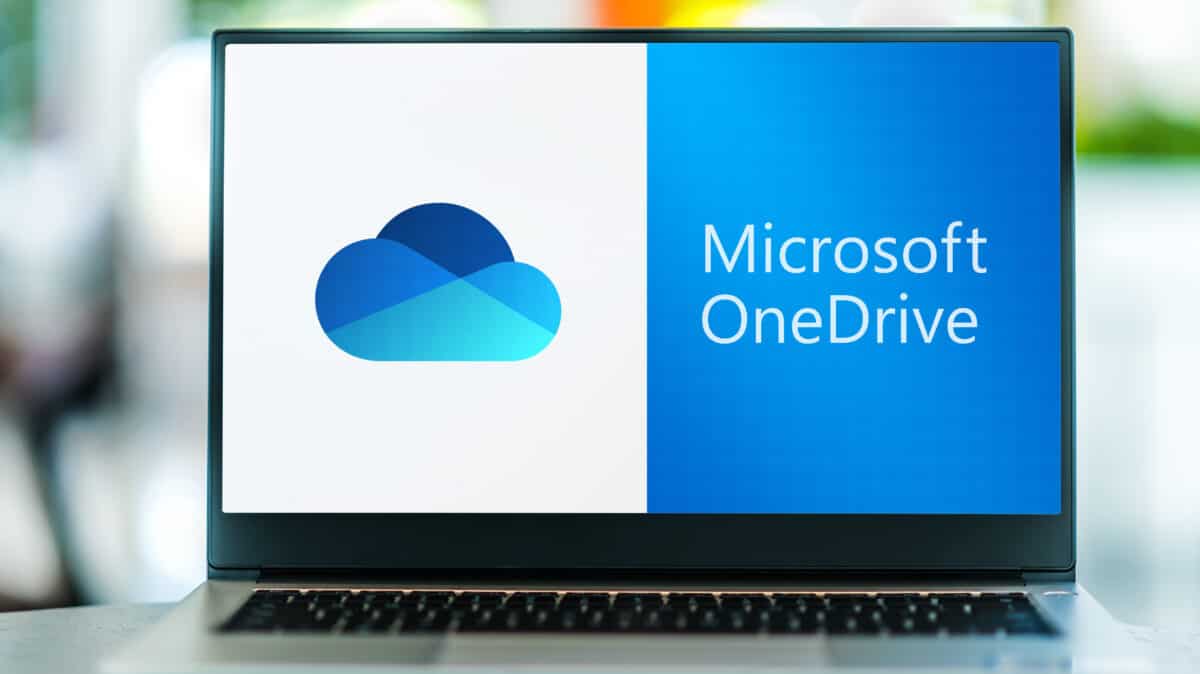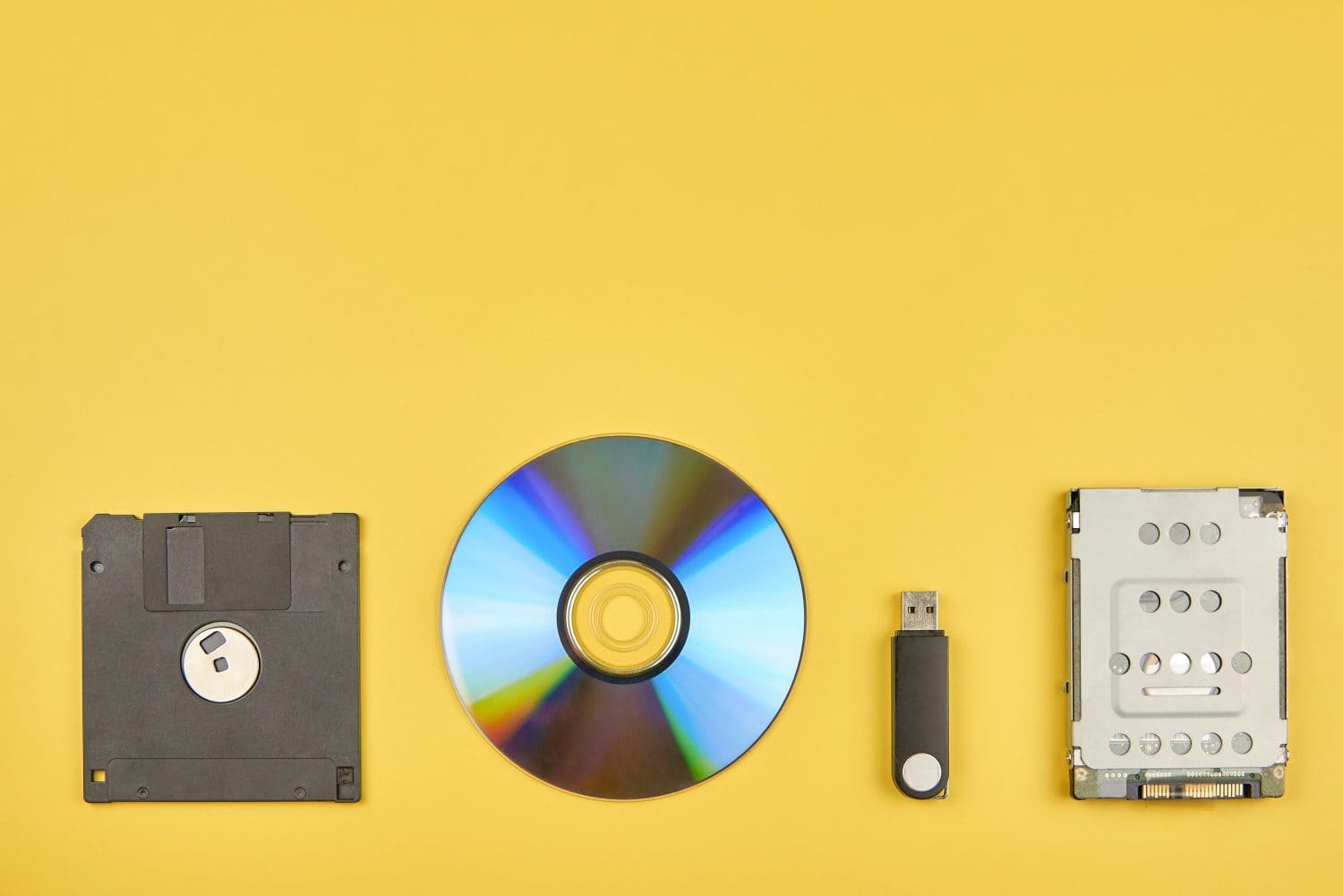If you have ever owned a computer, especially over previous decades, you know that the type of storage used has changed many times. Thankfully, we’re long removed from the days of hard drives taking up entire rooms. Still, in the age of personal computers, there have been at least six different types of data storage, and it’s a fascinating journey through the history of personal computing.
Floppy Disks

The age of the floppy disk reminds us of the early computer age. Beginning in the 1970s and running through the 2000s, the 8-inch floppy disk was integral to computers becoming a home staple.
Things got even more interesting when the floppy disk dropped in size to 5.25 inches and 360 KB of data and started to help with application installation during the days of MS-DOS and the start of Microsoft Windows.
The floppy disk era ended with the 3.5-inch disk being the last hoorah for this beloved era of computing. Capable of holding memory in sizes from 720 KB to 1.44 MB, the floppy disk was an iconic revolution in how people installed and shared applications and files.
Hard Disk Drives
In the 1980s, as the floppy disk era started its (very) slow descent into irrelevance, the risk of the hard disk era began. Better known as HDDs, this type of storage is arguably the first one many personal computer users are most familiar with.
What originally began with space in the megabyte (MB) range, hard disk drives would quickly grow in space and capacity. Ultimately, even today, this type of storage offers you enough space to hit hundreds of gigabytes (GB) or even terabyte (TB) levels.
Compact Discs

If you didn’t start computing with a hard disk drive, younger generations began with the compact disc. Between it and DVDs, this storage medium would introduce storage sizes that had never been seen before. On the low end, you could store approximately 650 megabytes, and on the higher end, you could store as much as 4.7 GB on one single disk.
For many people, this storage space was their first introduction to installing and sharing software, music, and videos. Everyone who lived at the height of AOL’s popularity remembers receiving dozens of free trial compact discs in the mail.
USB Flash Drives
Plugging directly into a computer, the 2000s have brought the USB flash drive to the forefront. Small and convenient storage solutions have made transferring files easy for work and personal reasons. Traditionally, they hover in size in the gigabyte (MB) range, but finding those exceeding a terabyte in space isn’t unheard of. Just expect to pay for this allotment.
Solid-State Drives
Coinciding with multiple other storage options in the 2000s, the introduction of solid-state drives kicked laptops and personal computers into high gear. Smaller and quieter than the hard disk drive, solid-state drives have helped laptops, in particular, become much smaller and more portable.
As a result, this technology has quickly advanced, with terabytes of data available in computers of all sizes. The best news is that because their use has become so widespread, costs are down, which means more storage doesn’t cost nearly as much as it used when you jumped from gigabytes to terabytes.
Cloud Storage

If you’re anything like me, you believe that cloud storage is the best thing since sliced bread. While I know there are some security risks, and you must be connected online, having additional data in the cloud is awesome.
What’s great about this storage type is that the physical server that hosts the data is not visible, and you can find nearly unlimited storage, so long as you are willing to pay someone else. Companies like Dropbox, Microsoft, and Google have all leaped into this space in a major way.
None of this is to say that cloud storage is a perfect solution, but as the world continues to move more into an always-online environment, cloud storage has changed how millions do business.
Want to Retire Early? Start Here (Sponsor)
Want retirement to come a few years earlier than you’d planned? Or are you ready to retire now, but want an extra set of eyes on your finances?
Now you can speak with up to 3 financial experts in your area for FREE. By simply clicking here you can begin to match with financial professionals who can help you build your plan to retire early. And the best part? The first conversation with them is free.
Click here to match with up to 3 financial pros who would be excited to help you make financial decisions.
The image featured at the top of this post is ©osobystist/Shutterstock.com.
